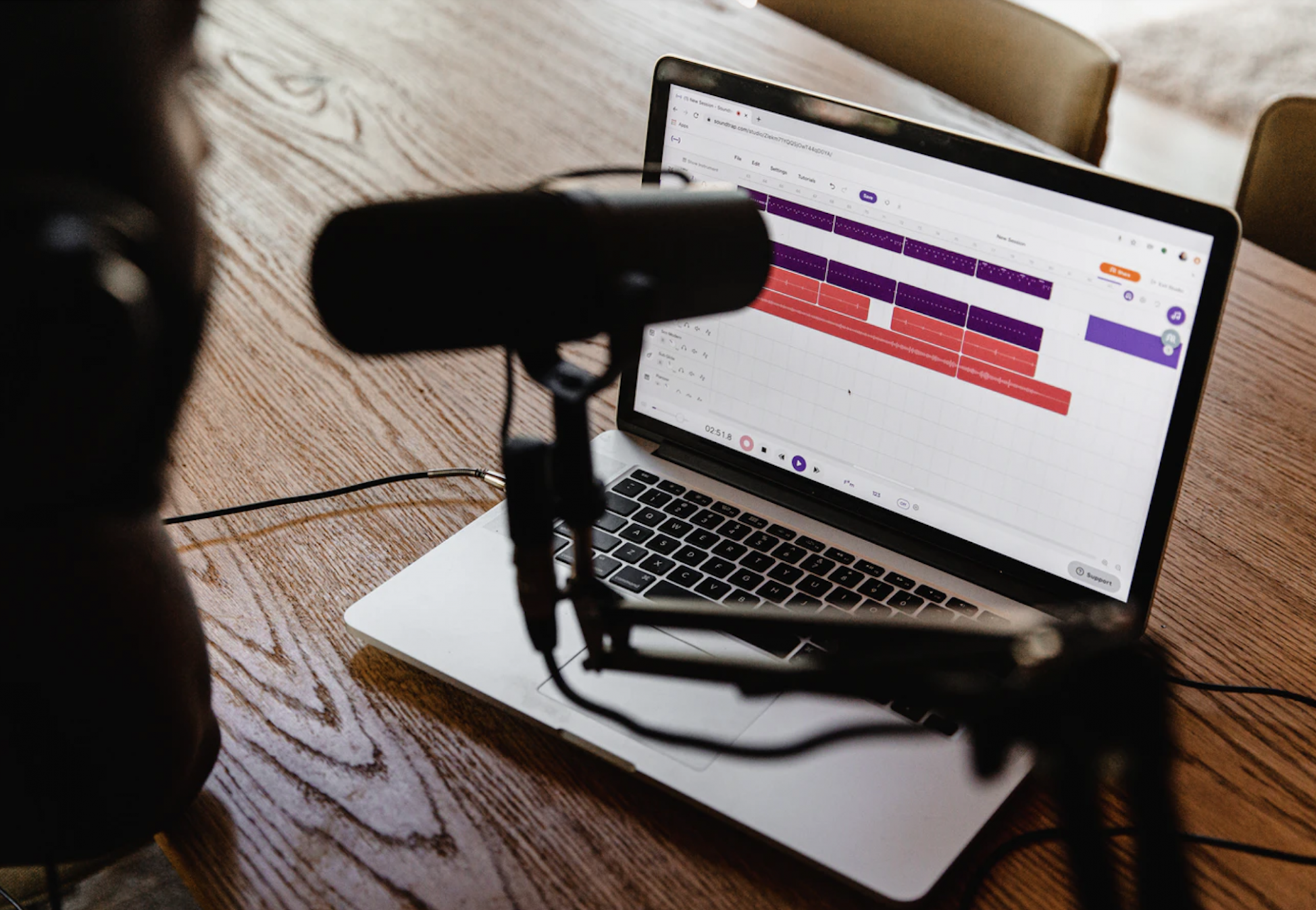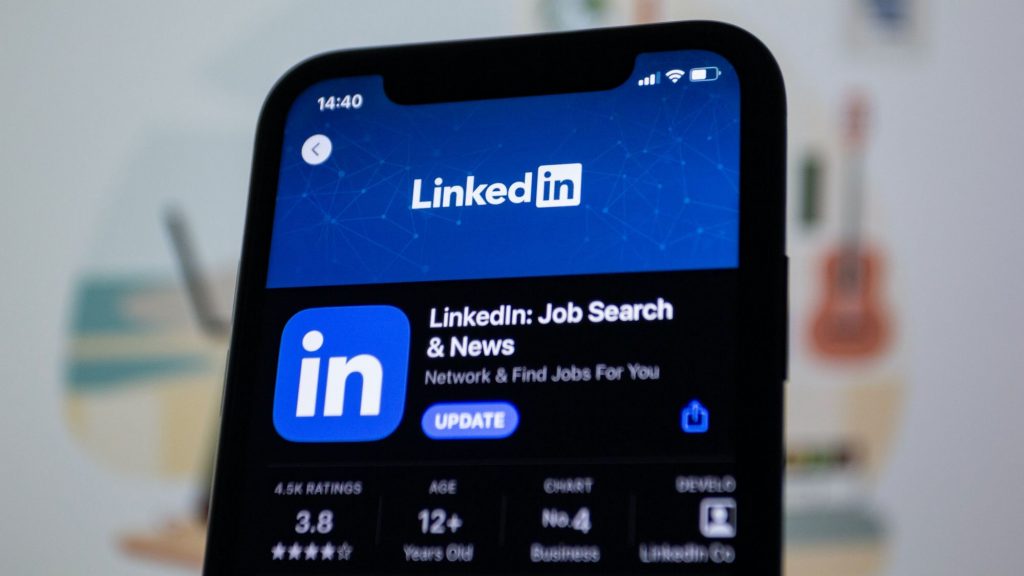With listenership continuing to rise every year, podcasting has become a hobby, money-maker, relationship builder, or creative outlet for many. If you’re new to the audio industry you may be bright-eyed and excited with your idea for the next ranking podcast, but… what comes after the idea?
We’ve heard time and time again, ideas without action can be, well, useless. So let’s break down five action items that you can add to your to-do list and bring your podcast to life.
What’s Your Format?
There are a range of podcast formats available for you to choose from, or you can always get creative and develop your own original format! Four of the more common formats that you’ll see (or hear) being used are interview, discussion, narrative, and investigative or a combination of these.
The format you choose depends on multiple factors like your content, your capabilities, time and budget. Let’s say you’re creating a podcast about the most innovative startups in Toronto, you might do a more simple discussion series where you bring on the guest and have an informal conversation about the startup, i.e. The Michelle Obama Podcast. Or you could get a little more creative and do an investigative format where you do a deep dive into each startup and create more of a journalistic feel to the series, i.e. How I Built This.
Action-Item: Listen to at least 10 different podcasts with different formats. Take notes while you’re listening about the format, quality, connection you feel with the host, value that you take from the series and anything that stands out. After you’ve done this, explore which podcast format you liked best and why. Then see if you can take inspiration from the format for your own series.
Let’s Get Recording
A vital part of the creation of your podcast is recording. As the world has continued to adapt to a remote lifestyle due to the pandemic, podcasting has done the same. Remote recording software acts as a virtual studio that you can use anywhere, anytime and with anyone (as long as they have an internet connection and some sort of computer or mobile device). When using one of these software systems, both you and whoever your guests are can simply join the recording session in a browser and from there, you hit record and voila! Virtual studio quality.
And lucky for you, there are endless remote recording resources available for you at your fingertips. Some of my favourites include SquadCast, RiversideFM and Cleanfeed.
Action-Item: Do a deep dive into the different softwares and take note of what’s important to you during a recording session. Maybe it’s the availability of video, how many guests you can invite to join, automatic backups, sound testing, etc. As you begin to identify what are non-negotiables for you, you can continue to rule out recording softwares until you land on one that’s perfect! Also, please take advantage of the free trials to even test different ones, not enough podcasters are doing this!
Post-Production Magic… a.k.a. Editing
Post-production, where the magic happens. Truly, post-production is going to be your BFF when creating a podcast because let’s be honest with ourselves, mistakes happen, we stumble on our words, or maybe your guest just has an annoying air conditioner running in the background that they couldn’t turn off. Post-production fixes all of that.
Selecting the right podcast editing software is an important task. Depending on the level of knowledge, skill, or willingness to learn, there are a variety of platforms for you to look into. Personally, my go-to is Adobe Audition but Pro Tools and Descript are other popular options. If budget is an issue, there’s always Audacity and our good friend, GarageBand.
Alternatively, if you find that you don’t have the time or skills necessary to edit your podcast, find some help! Even if working with an agency isn’t in your budget, you can always bring on a freelancer to assist you in this stage of the podcast process.
Action-Item: A good way to get a look at how you actually edit on these softwares without purchasing it is of course, YouTube. Simply search “how to edit a podcast on *insert software*” and check out the tutorials. Whichever one feels most intuitive to you when watching is a great one to begin with.
Distribute Your Podcast to the World
So you’ve recorded and edited your podcast, and now it’s time to share it with the world. I’ve watched many podcasters become confused at this stage but don’t worry, I’m here to help. And by help, I mean sharing the wonders of hosting platforms with you.
Hosting platforms are a single platform that you sign up to that will create your RSS feed (every podcast has a unique RSS feed, it’s basically a link that allows every listening app to read your podcast), and also distribute your show across all the major listening apps like Spotify, Apple Podcasts, Google Podcasts, etc. You will still need to create an account with these listening apps but once you’ve registered with them, all you have to do is upload your episodes to your hosting platform and it shares it automatically across the listening apps for you. So to sum it up, these platforms are saving you from having to go into each individual listening app to upload each individual episode which overall sounds like a nightmare.
Action-Item: Each hosting platform tends to price differently, offer different features and target different types of podcasters. Take some time to look into the various hosting platforms that exist and make a pros and cons list for yourself. Also, create a user account on Spotify, Apple Podcasts and other major listening apps so you can easily share your podcast with the world when the time comes to distribute it.
Podcast Marketing 101
And lastly, let’s chat about podcast marketing. I’ll come out and say it, podcasting is a long-term play. I can pretty much guarantee that unless you’re a celebrity with a massive following, you’re probably not going to launch your podcast and immediately have thousands of listeners. In order to get those thousands of listeners, you need to market your podcast which takes time, patience, testing, strategy and lots of measuring.
Whenever I’m talking to a podcaster, I always like to tell them to make a list of all of the channels they have access to. This can be newsletters, social media, communities, websites, apps and even your own friends or family. Everything on your list is where you should be sharing your podcast because awareness is key. You want as many people as possible to know that you exist, even if they aren’t going to convert into a listener, maybe they’ll tell a friend about it who will.
Action-Item: Take a look at 10 key podcast marketing tactics that either I’ve used myself or I’ve watched other podcasters successfully use. Not all tactics will be useful for your show so take some time to go through each one and think about how you’d use it, if you have budget for it, if it aligns with your show, etc.
The Bottom Line
The action items we discussed throughout this article will equip you with the basics for launching a successful podcast. But at the end of the day, whether your show is for business or pleasure, podcasting is meant to be fun! Take the time to enjoy the process and truly learn the art of podcasting.







